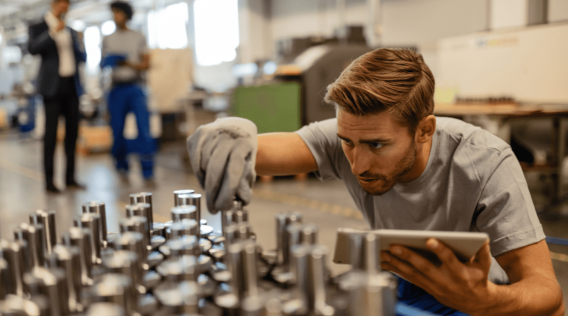Die casting is a widely used manufacturing process that allows for the production of complex and intricate metal parts. The quality of the final product heavily depends on the design and fabrication of the die casting mold. In this article, we will explore some essential tips and techniques to create the perfect die casting mold.
1. Understand the Design Requirements:
Before embarking on the mold design, it is crucial to have a clear understanding of the desired product and its specifications. Analyze the part geometry, dimensional tolerances, surface finish requirements, and material properties. This knowledge will guide the mold design process and ensure that the final product meets all the necessary criteria.
2. Material Selection:
Choosing the right material for the die casting mold is crucial for its performance and longevity. Generally, the mold material should have high thermal conductivity, good resistance to thermal fatigue, and wear resistance. Common mold materials include tool steels like H13, which offer excellent heat resistance and durability.
3. Mold Flow Analysis:
Performing a mold flow analysis helps identify potential issues in the mold design and optimize the casting process. By simulating the flow of molten metal into the mold cavity, potential defects like air entrapment, porosity, and material shrinkage can be predicted and rectified. This analysis ensures a more efficient and reliable casting process.
4. Proper Cooling System Design:
Efficient cooling is vital to maintain uniform solidification and minimize cycle time. Incorporate an adequate cooling system in the mold design to ensure proper heat extraction. This can be achieved by placing cooling channels strategically near the critical areas of the mold. Cooling channels should have proper size, shape, and distribution to optimize the cooling effect.
5. Draft Angles and Ejection System:
To facilitate easy ejection of the cast part from the mold, incorporate appropriate draft angles. Draft angles are the slight tapers added to the vertical surfaces of the mold cavity, allowing for smooth ejection without damaging the part or the mold. Additionally, a well-designed ejection system, such as ejector pins or ejector sleeves, is crucial to ensure efficient part removal.
6. Surface Finish Considerations:
The mold’s surface finish directly affects the final part’s appearance and quality. Pay attention to details like mold polishing, texturing, and coating. Mold polishing improves the mold’s release properties and reduces surface defects on the cast part. Texturing can be used to create specific patterns or textures on the part’s surface. Coatings like chrome plating or nitriding can enhance the mold’s wear resistance and lifespan.

7. Regular Maintenance and Inspection:
To ensure consistent and high-quality production, regular maintenance and inspection of the mold are essential. Check for any signs of wear, damage, or corrosion. Clean and lubricate moving parts to avoid friction and excessive wear. Regular maintenance helps extend the mold’s lifespan and prevent costly downtime due to mold failures.
In conclusion, creating the perfect die casting mold requires careful consideration of design requirements, material selection, mold flow analysis, cooling system design, draft angles, ejection system, surface finish, and regular maintenance. By implementing these tips and techniques, manufacturers can optimize the die casting process, improve product quality, and maximize productivity.
-

- Thixomolding parts & components mobile phone middle board processed
-

- parts&comopnents for bicycle suspension fork for MTB
-

- Bahagian logam thixomolding aloi mangansium die-casting
-

- Bahagian & komponen basikal aloi magnesium untuk basikal tolak kanak-kanak
-

- OEM die casting components for automotive Seat frame
-

- Integrated 3-spoke wheel for MTB with CNC machining &surface treatment

 0086-750-5616188
0086-750-5616188 +86 13392089688
+86 13392089688 sales@zhongmei-tech.com
sales@zhongmei-tech.com







